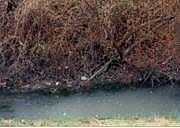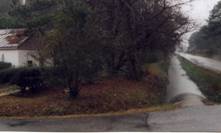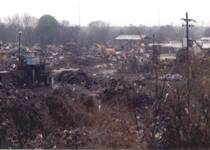Until 1970, Hyde Park residents did not have running water or proper sewage. For many years, they pumped water from wells in their backyards and grew their own vegetables.
In the mid 1980s, residents found out that a local wood preservant factory, Southern Wood Piedmont (SWP), had, for years, been leaking creosote into the ground. The EPA closed SWP, but the damage had already been done. People in Hyde Park and other surrounding areas have cancer, skin diseases and other serious problems related to chemical exposure. Because SWP was located across the street from an elementary school, children in Hyde Park have a high rate of learning disablilities, asthma and allergies.
Over the past 10 years, numerous studies have been conducted which have not only found chemicals emitted by SWP in Hyde Park soil, but which also link the diseases found in Hyde Park to those chemicals. To make matters worse, Hyde Park is surrounded by 7 other factories and toxic waste sites.
Recently, the EPA found that a scrap metal company bordering Hyde Park leaked arsenic into the local soil.
Their economic conditions make it impossible for most Hyde Park residents to move out of their toxic environment. The corporations that own the factories surrounding Hyde Park don't care about the residents. They have more money and more power than the people of Hyde Park do, making a successful lawsuit highly unlikely. Their influence extends to federal, state and local agencies and combines with historic discrimination on the part of those governmental entities against poor people and people of color.
Hyde Park residents have suffered enough injustice. They need to relocate out of their poisoned environment as soon as possible so that their children will have the chance to live and prosper.

Ditches line every street in Hyde Park carrying toxic water through the area.


